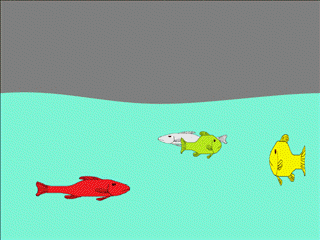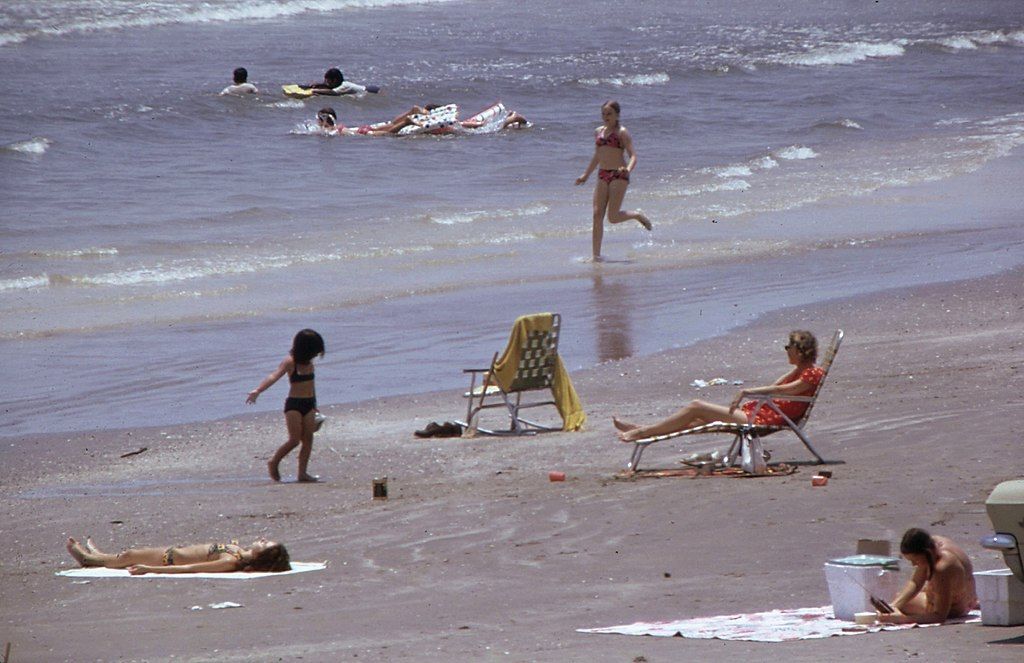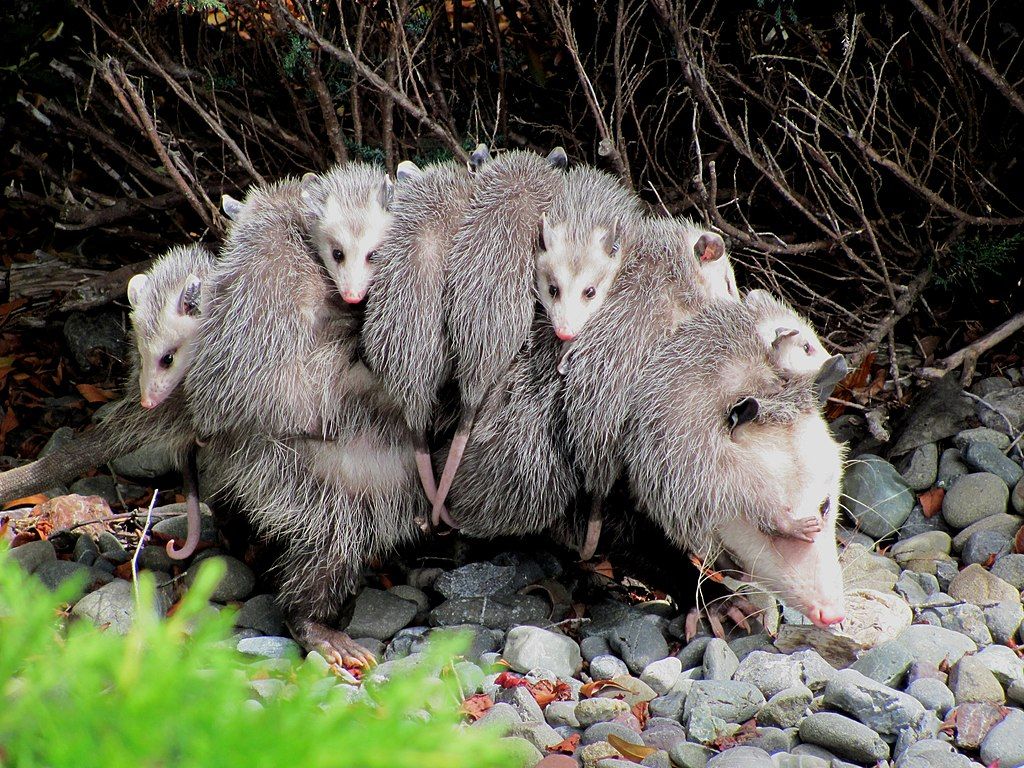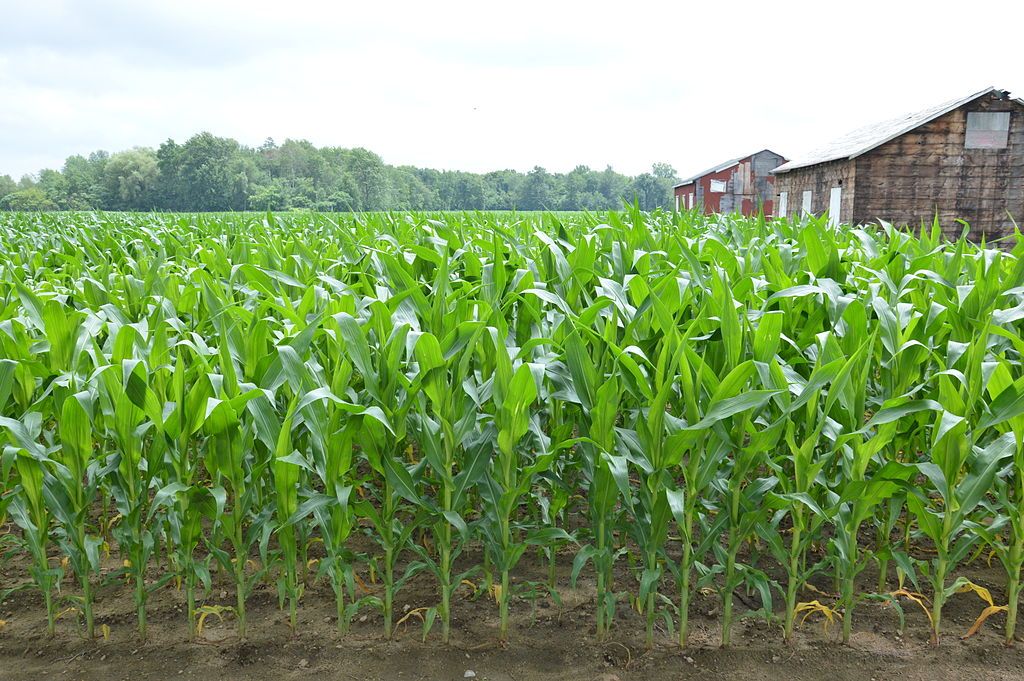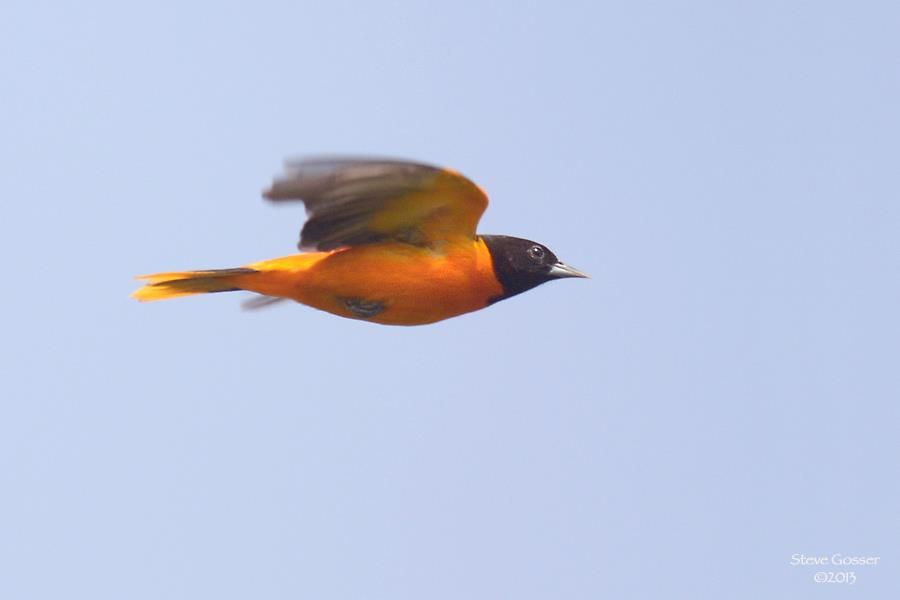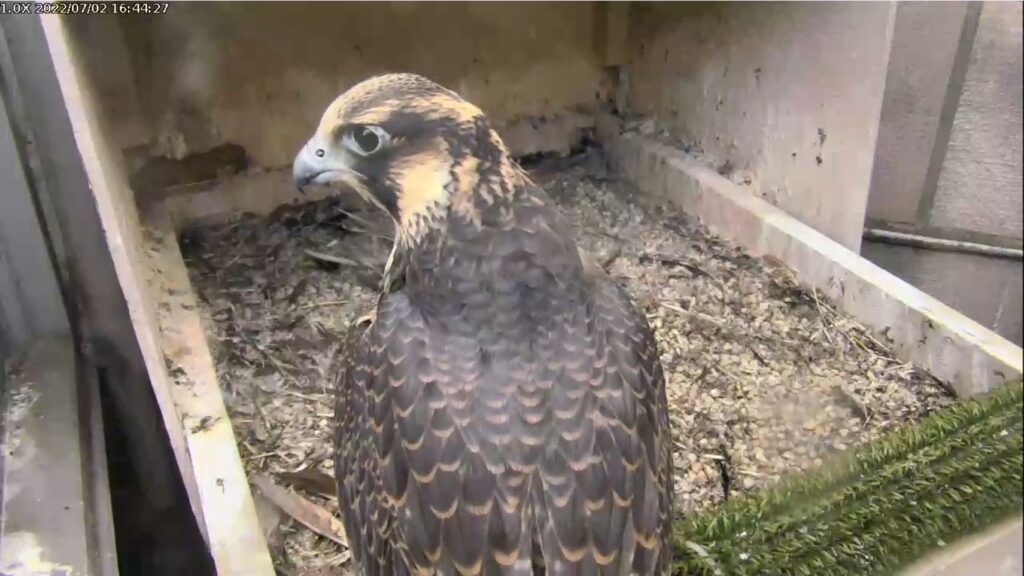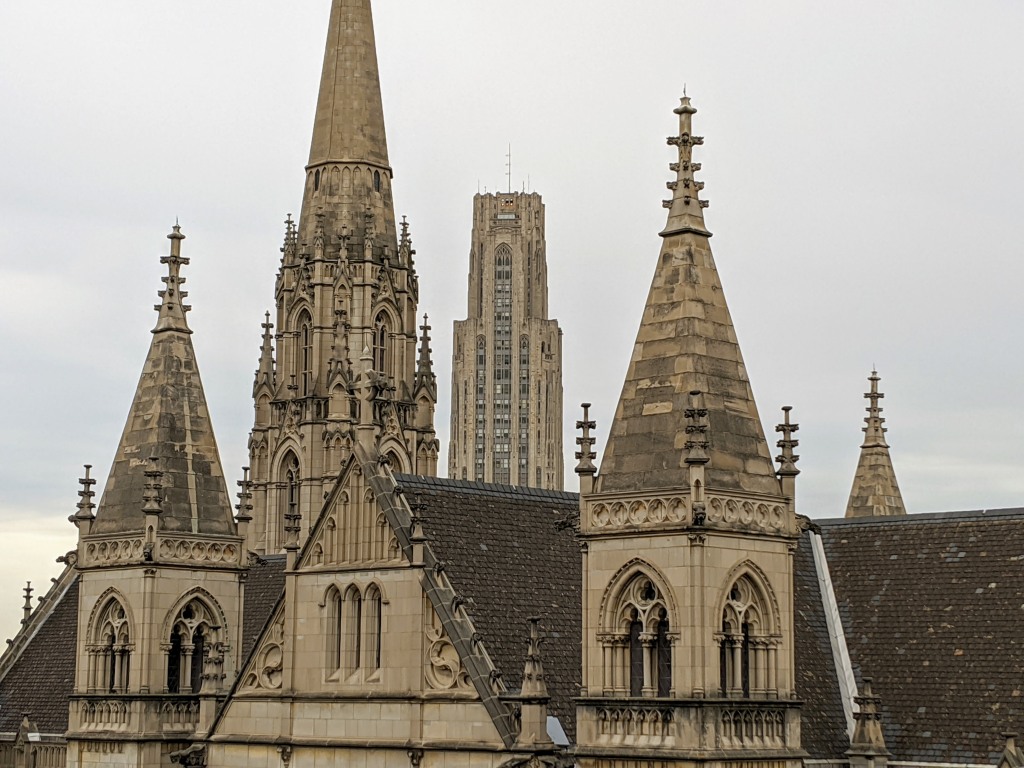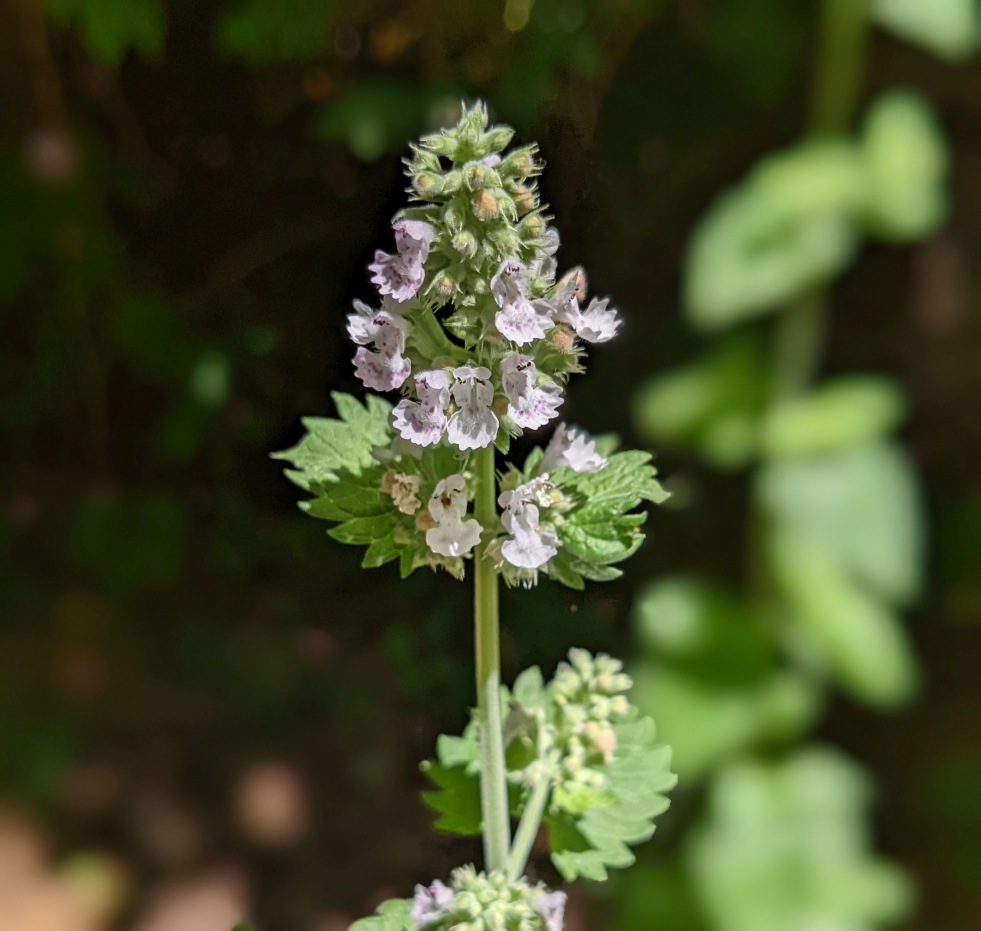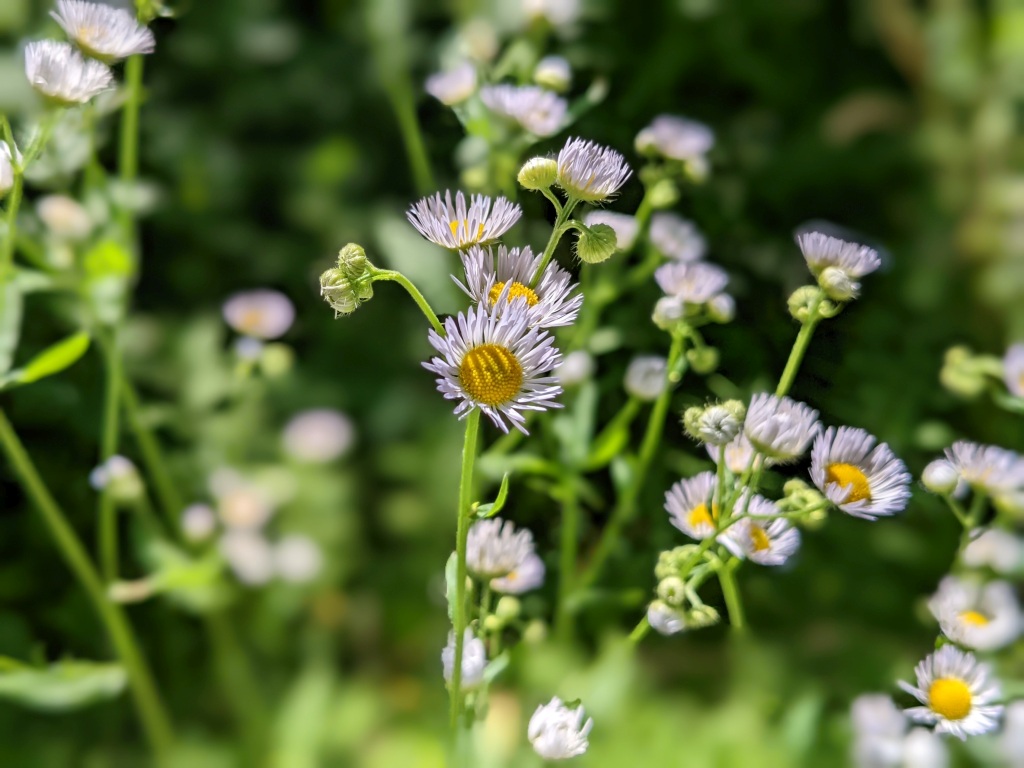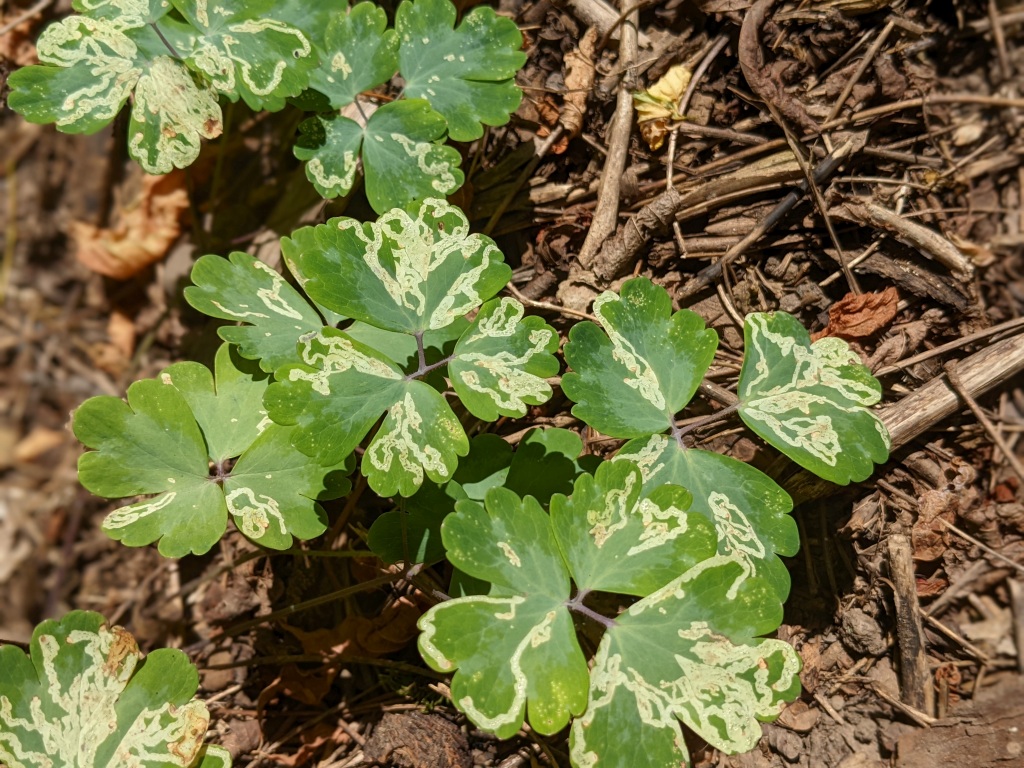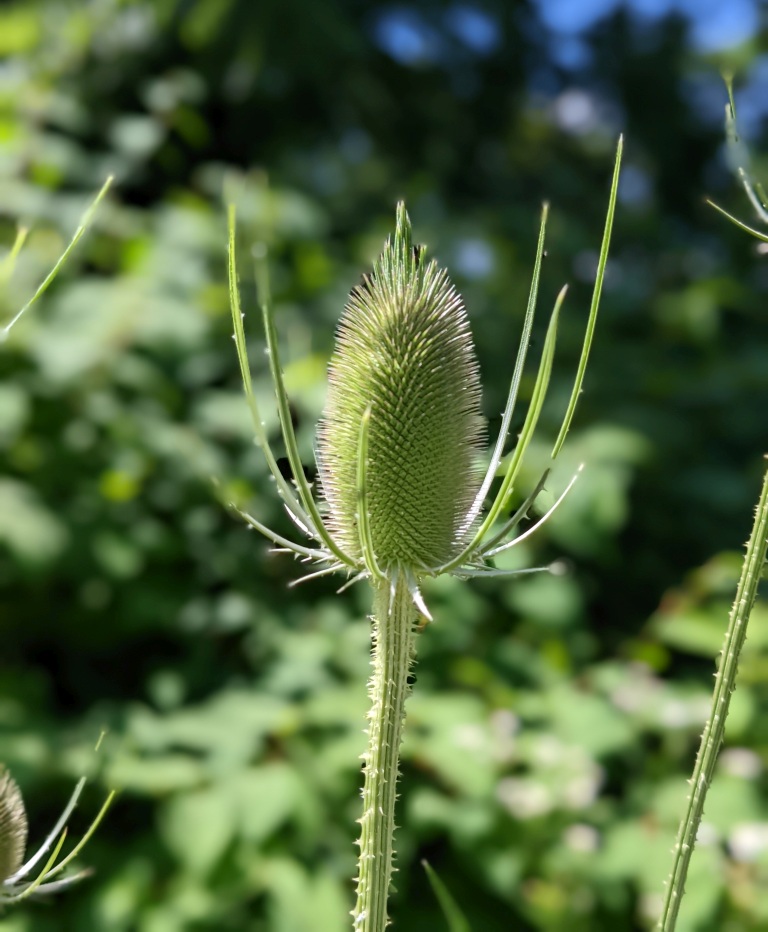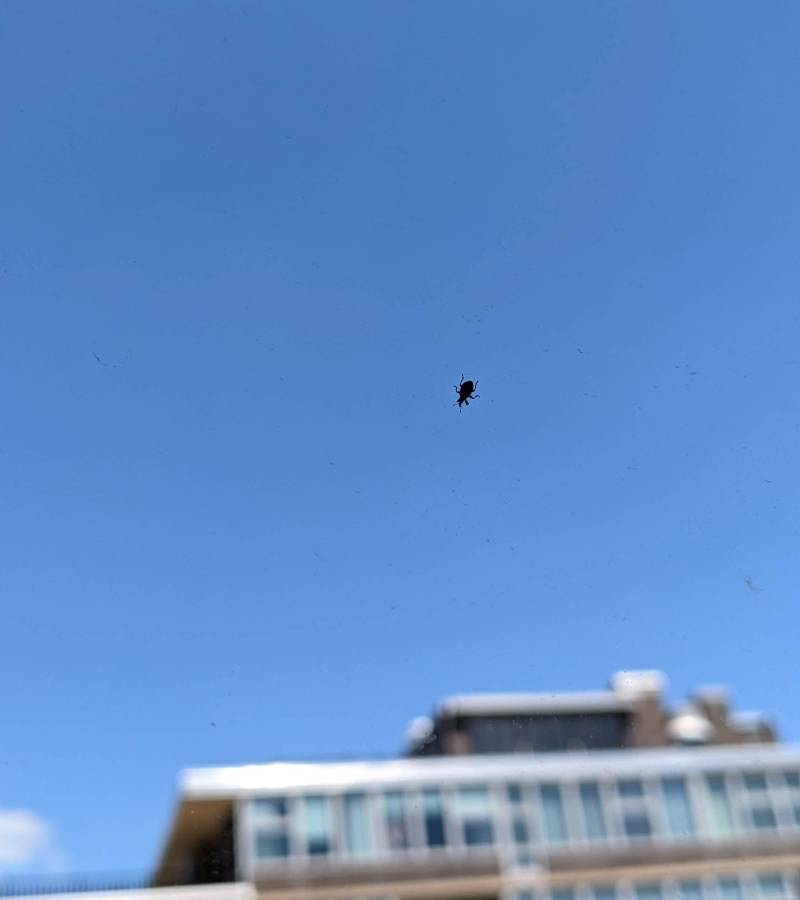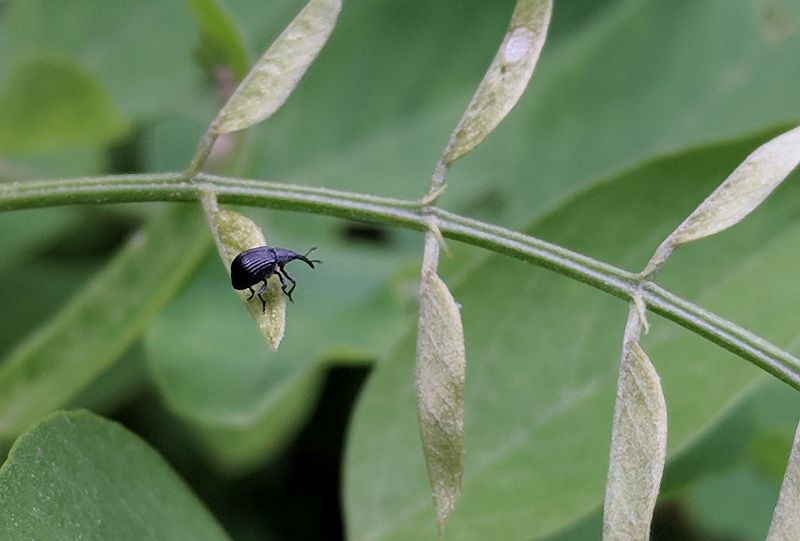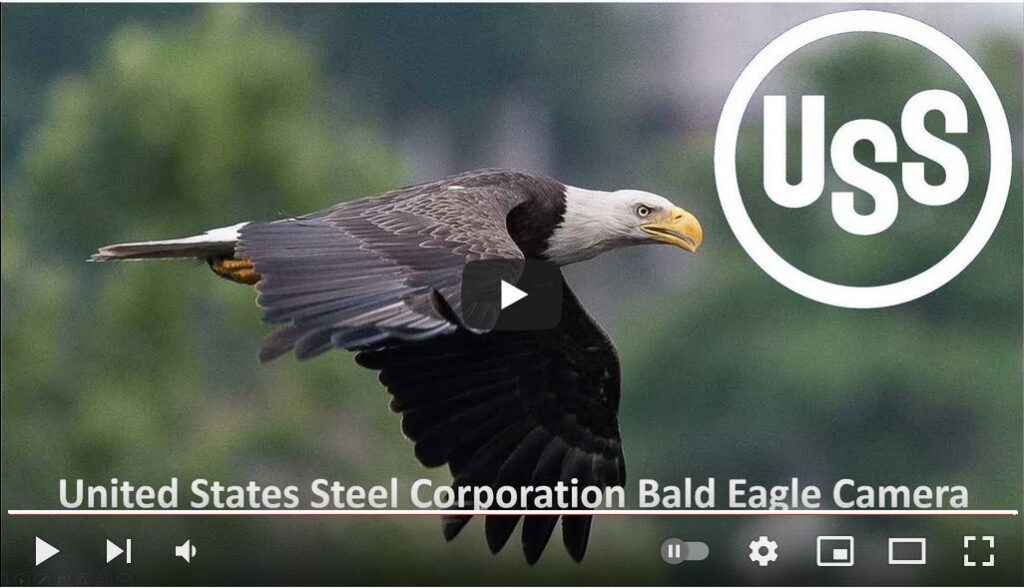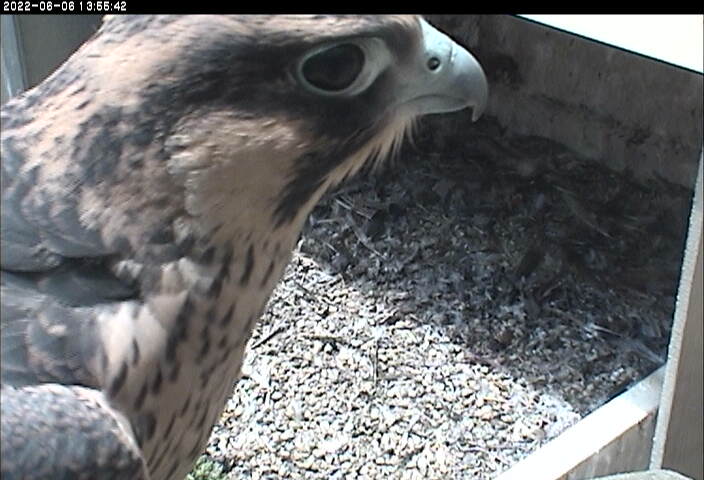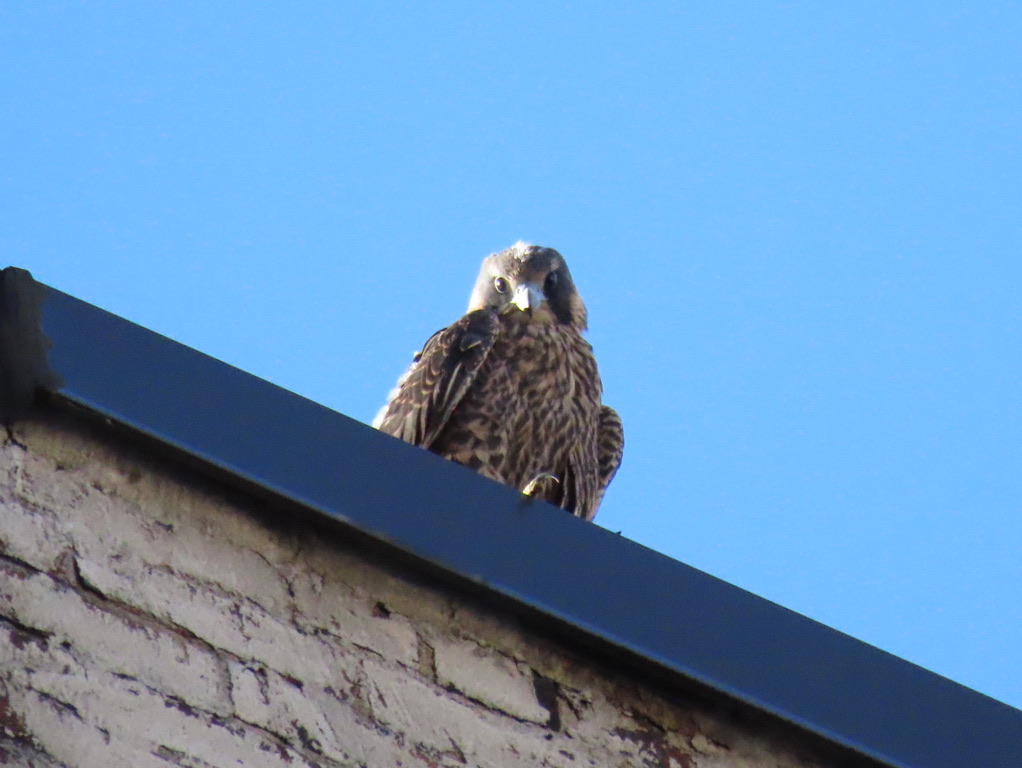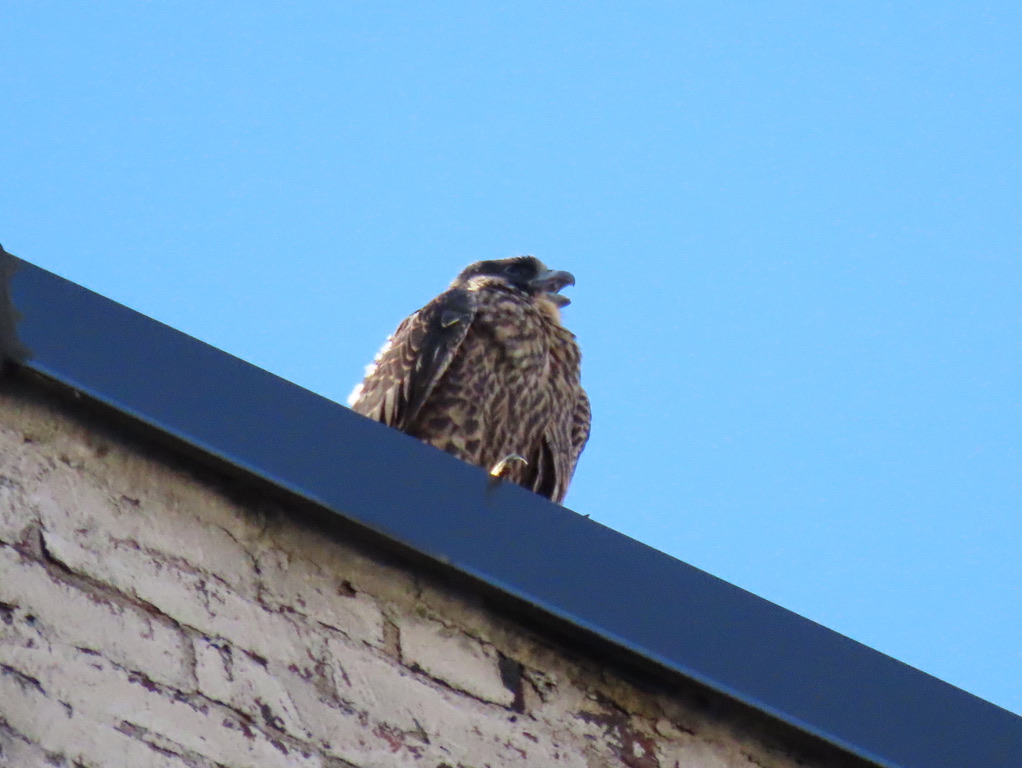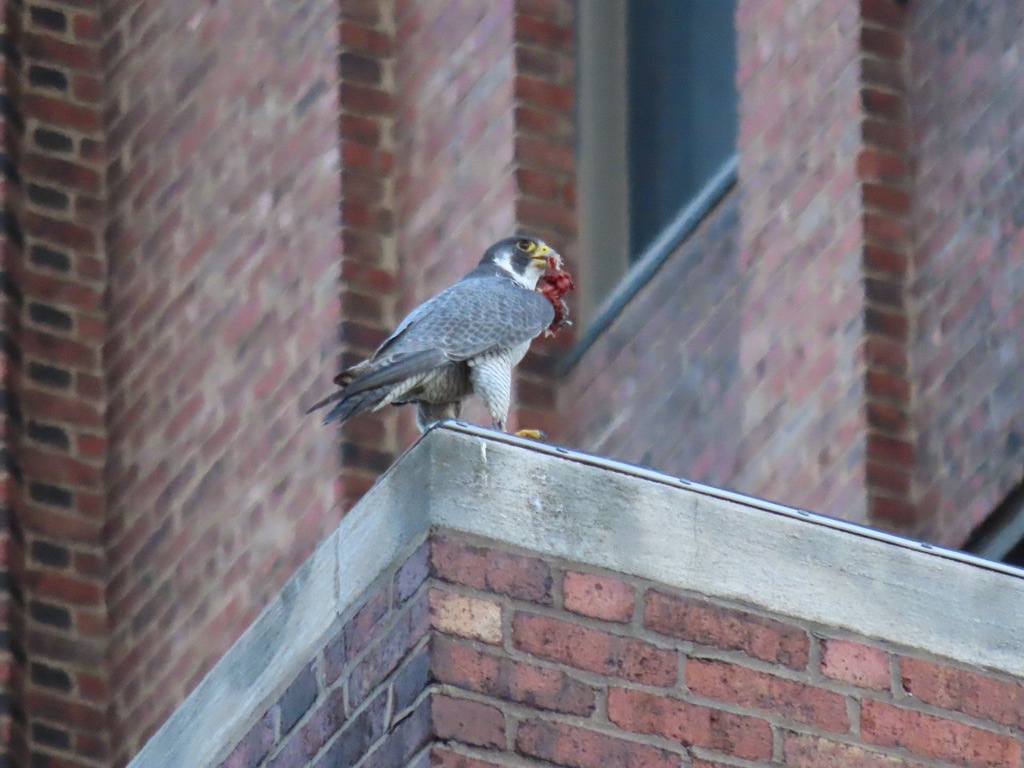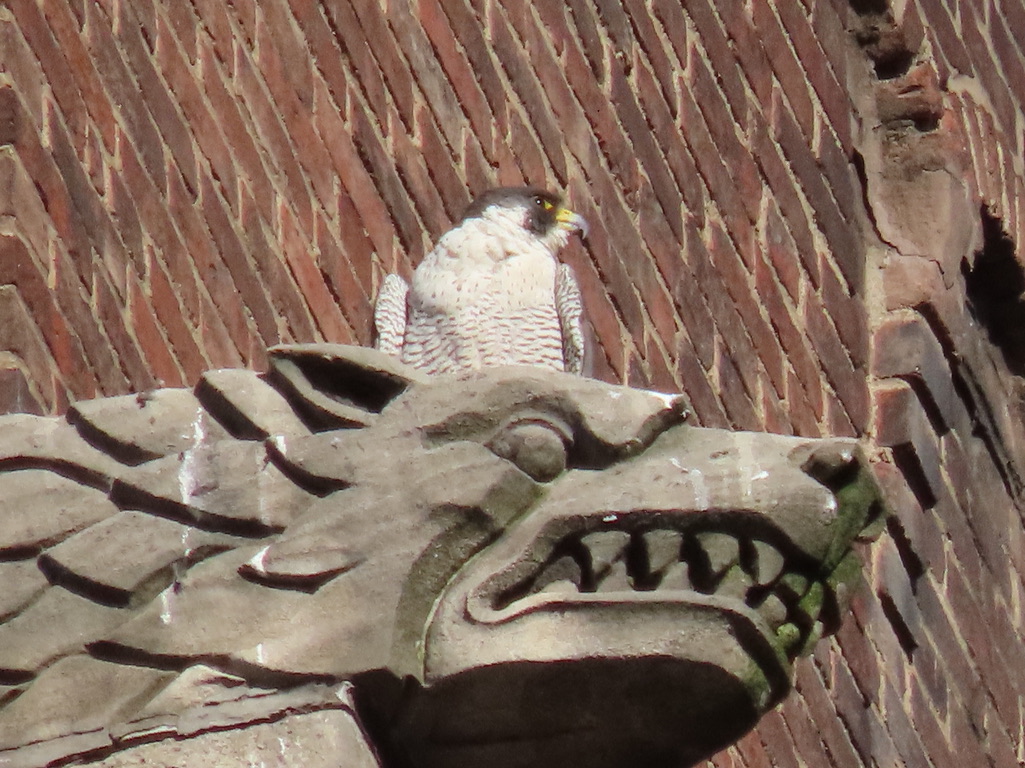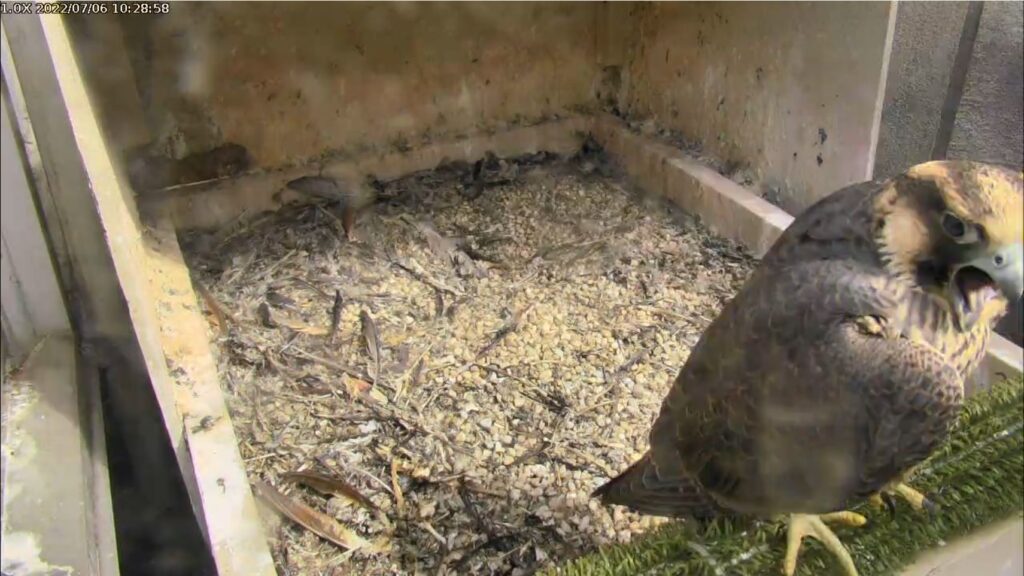
7 July 2022
Parenthood can be trying especially when grown children who were briefly independent return home and complain that you’re not feeding them enough. Pitt peregrines Morela and Ecco are going through this with their two female youngsters, Yellow Girl and Silver Girl.
Last weekend Yellow Girl demanded a handout. Then a brief respite of silence ended this week with intensive screeching. I heard it yesterday morning as I walked past Phipps Conservatory and searched the sky for a young peregrine chasing an adult. Nothing.
What I heard was Silver Girl at the nest, a third of a mile away, screeching at the top of her lungs as shown in the video below. At the start you can hear Ecco chupping and whistling while Silver Girl screams. She calmed down for a moment but it didn’t last. She screeched off and on all day.
Weaning these youngsters from parental care is a very noisy activity.
(video from the National Aviary falconcam at Univ of Pittsburgh)

